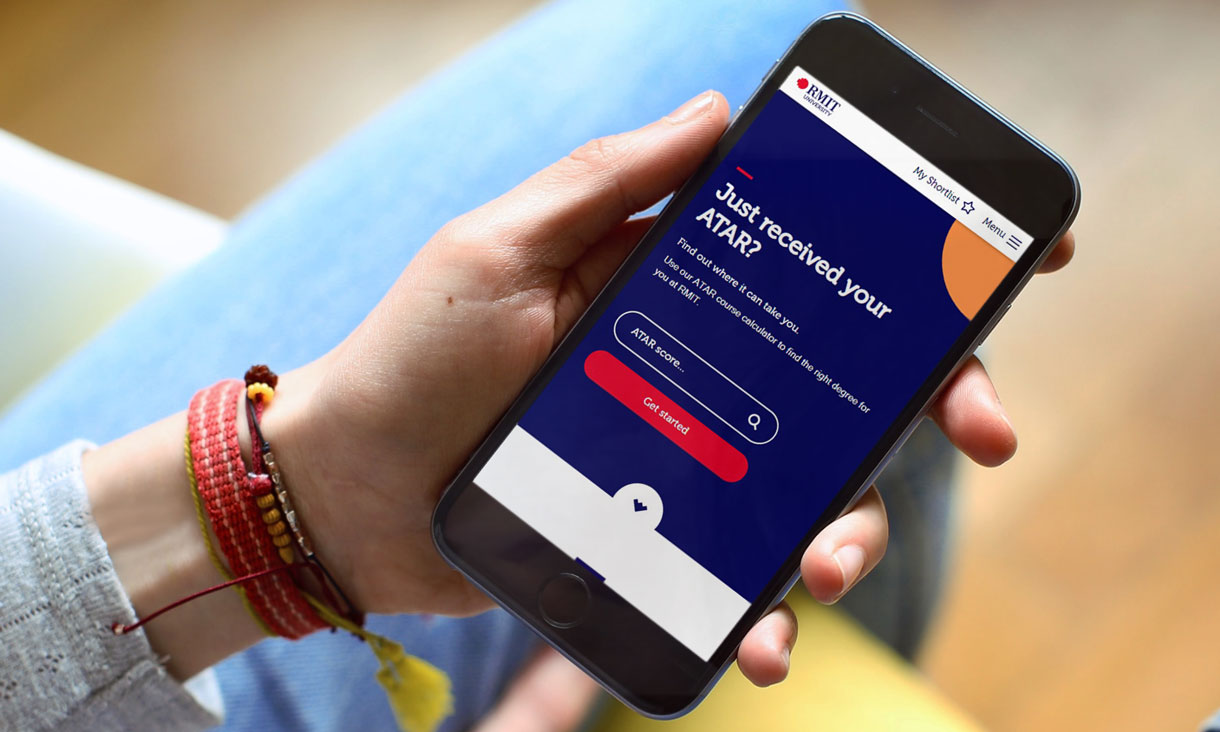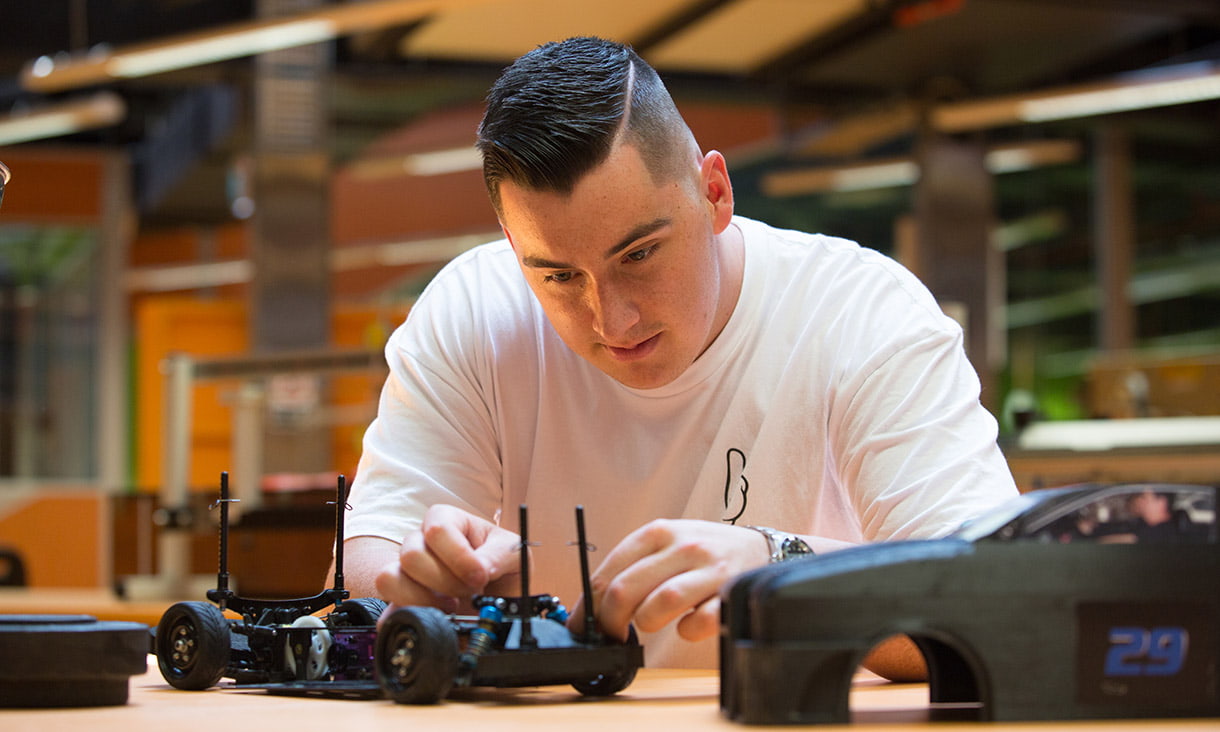Gain priority access to your course at RMIT with SNAP
The SNAP access scheme provides priority entry to RMIT courses for students from designated Victorian secondary schools.
Have your circumstances impacted your Year 12 studies?
You could be eligible for equity consideration through the VTAC Equity Schemes and Scholarships. Eligible applicants can receive an adjustment to the calculation of their selection rank, which can increase the chances of receiving an offer.
Regional adjustments and more equity access schemes
Did you know RMIT and VTAC apply adjustments to the selection ranks of applicants from low socio-economic status areas? Learn more about regional adjustments and explore your options within RMIT’s equity access schemes.








